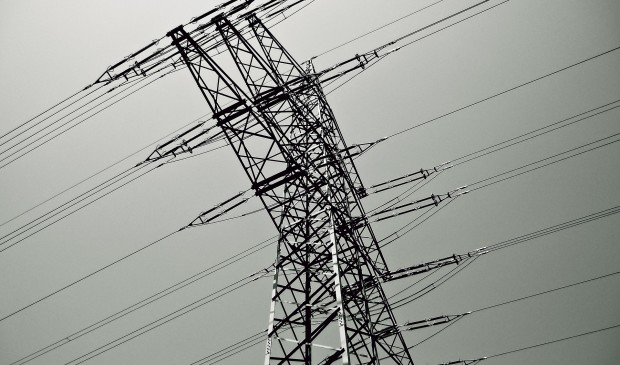Council changes energy demand charge policy
Thursday, September 10, 2015 by
Tyler Whitson Following weeks of buildup, City Council has amended a contentious Austin Energy policy in an attempt to help small businesses avoid potentially costly demand charges.
Rather than adhere to an Electric Utility Commission recommendation that Mayor Pro Tem Kathie Tovo proposed, Council opted during a Wednesday budget adoption meeting to go with a compromise put forward by Austin Energy staff.
The vote was almost unanimous, with the exception of Council Member Don Zimmerman’s abstention. However, the policy change will not be finalized until Council adopts the Fiscal Year 2015-16 budget, which will likely take place Thursday.
Under the plan, which would go into effect in November, Austin Energy would rework the way it determines whether commercial customers subject to demand charges have surpassed the peak threshold for their given class, when doing so would bump them into a higher class.
During Austin Energy’s June-through-September peak months, excess electricity use during a single 15-minute interval can, under the current policy, bump a customer into a higher class. Under the amended policy, the utility would instead determine the appropriate class based on that customer’s average demand over those four months.
For the smallest class of commercial customers, surpassing that peak threshold means being subject to demand charges for which they were not previously responsible and having to pay them throughout the following year. Right now, the threshold for that class is 10 kilowatts, though it stood at 20 kilowatts before Council adopted the current rate structure in 2012.
Austin Energy General Manager Larry Weis told the Austin Monitor that the change would “considerably soften” the current policy for commercial customers. “It will take into account a month where they may have very abnormal demand – and I think that’s been a big complaint – so this will smooth it out, and it will take care of it,” he said.
Weis also clarified that, even though the change would be part of the upcoming budget, which will not go into effect until October, the policy would apply retroactively to the current summer season.
This means that customers who, based on this summer, would be subject to demand charges under the existing policy but not under the forthcoming policy would not have to pay demand charges for the next year.
“What we’ll do is we’ll go backwards, and we’ll look at these past four months this summer, and we will look at what their demand was, and we will adjust it to that,” Weis explained. “It’s going to be some work, but we’ll go back and do it.”
Weis also noted that the policy could very well change in a little over a year, as the city is in the first stages of a cost-of-service study that will help Council set the Austin Energy rate structure that will go into effect in October 2016.
Austin Energy Chief Financial Officer Mark Dombroski said that the current demand charge policy change would impact about 1,600 of the utility’s customers and reduce revenue by about $2.4 million.
Though she ultimately voted for it, Tovo voiced her frustration when Council amended her initial motion, which would have raised the demand charge threshold for small commercial customers back to 20 kilowatts and would have reduced the amount of time before those customers would be eligible to return to their previous class from one year to three months.
“I don’t think that addresses the concerns that have been raised by a lot of our small businesses,” Tovo said. “It’s probably a better situation than they have, but not the relief they meant.”
Tovo was referring to requests from various small businesses and the Austin Independent Business Alliance to make the changes based on their concerns that the policy places a financial hardship on small businesses, especially those that were bumped into a demand class because of an isolated incident, such as leaving a door open on a hot day.
According to Austin Energy, consultant NewGen Strategies & Solutions has said that there are about 8,300 small commercial customers who fall within the 10- to 20-kilowatt peak demand range.
Tovo also said she would have been willing to limit her proposal so that demand rates applied only to customers using more than 5,000 kilowatt hours per month, but that suggestion did not gain traction.
You're a community leader
And we’re honored you look to us for serious, in-depth news. You know a strong community needs local and dedicated watchdog reporting. We’re here for you and that won’t change. Now will you take the powerful next step and support our nonprofit news organization?



